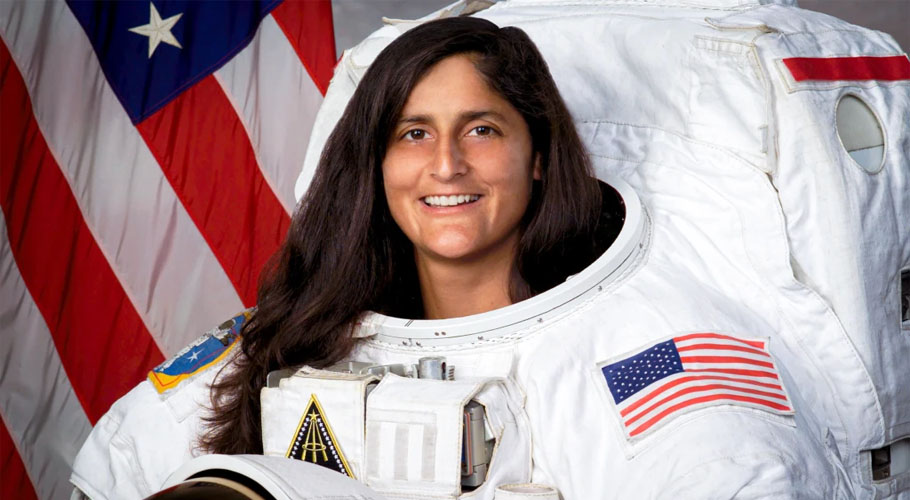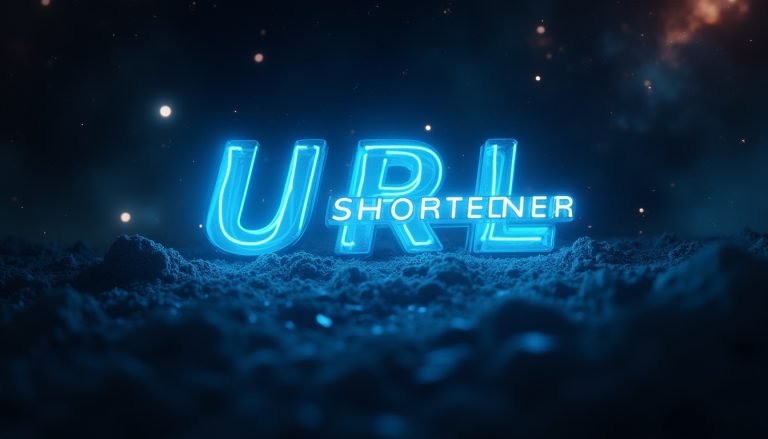
NASA Astronaut Sunita Williams has returned to Earth with her crewmate Butch Wilmore after an extended mission onboard the International Space Station. The mission was originally meant to be short-stayed—however, the technical problems associated with the Boeing Starliner delayed returning the astronauts to Earth for nine months. This marks yet another outstanding achievement in the career of Williams, who has cemented her place as an inspiration for space lovers around the globe.
Mission Overview
Sunita Williams and her crewmate Butch Wilmore launched aboard Boeing’s Starliner. It was the first mission for the craft. It was scheduled for June 2024. The mission was supposed to last for not more than a week, but the spacecraft’s propulsion system technical issues led to an indefinite stay at the ISS. Due to unforeseen issues, both Sunita Williams and her crewmate were required to stay in orbit for a longer duration than originally expected and were able to perform valuable research in space during that time.
While in orbit, Sunita Willaims took active part in a number of biological and material science experiments geared towards propelling space missions in the future and also aided in the maintenance of the station and various spacewalks required to keep the ISS systems running.
Challenges and Extended Stay
The reason for the extended stay was due to propulsion leaks and problems with Boeing’s Starliner, which made it unfit for immediate return. As stationary engineers attempted to find solutions, Sunita Williams and her crew had to shift their schedules and workflows. Throughout everything, Sunita Williams was steadfast on her roles and responsibilities, having been flexible and showing mastery of a seasoned professional space traveler.
During the entire mission, Sunita Williams was in touch with various NASA engineers and other research staff and helped with problem-solving while providing insights into daily life while on the ISS. Her adaptability to unplanned difficult situations showcased the extraordinary capabilities that are needed for undertaking long-duration space missions.
Safe Return to Earth
After extensive planning it was decided by NASA that Sunita Williams and Butch Wilmore would return on board SpaceX’s freedrom dragon capsule instead of the starliner. They reached the capsule’s intended location on the 18th of March, 2025 where the capsule splashdown and was retrieved off the coast of Tallahassee, Florida at 5:57 PM Eastern Time. The landing was uneventful with recovery team presence being active and on standby to aid astronauts post rough and smooth landings. Interestingly, Dolphins where sited, in the region demonstrably adding a subtle, though welcoming change, to the return of the astronauts.
Medical checkups and examinations pertaining to space travel considerations were conducted after her return. Sunita Williams was appreciative of NASA, SpaceX and the global fans who supported her, feeling thankful. After being in microgravity for such a prolonged period, it was a relief to see Sunita Williams in good health and cheer.
Public and Political Reactions
With the public fascinated by her exploits, this was further compounded by political interest from the likes of Elon Musk and Former US President Trump, who along with many others publicly critiqued the length of Sunita Williams’ extended mission. There was a lot of uproar regarding her and her crew being “trapped” in space after the Starliner’s failure. There was absolute uncertainty if her life was in danger and many thought of these factors as being critically concerning. The NASA officials calmed the audience by stating that although precautionary measures were prioritized, active threats to Ms Sunita’s life were non-existent.
The Indian American community has regarded Sunita Williams as their and her ancestry’s pride. In her home village, Jhulasan, located in Gujarat India, news and celebrations marked her safe return where tribal Indian prayers were welcomed. Such achievements are a source of inspiration for the young students to get into science and space exploration.
Future Plans and Legacy
Once Sunita Williams completes her mission, she is supposed to meet with NASA for a debriefing session and tell them how her experiences can help improve future missions to space. Based on her knowledge, Sunita Williams could potentially assist in the forthcoming Artemis missions which are intended to send humans back to the Moon, and one day to Mars.
Holding the record of being one of the most seasoned astronauts in the history of NASA, Sunita Williams has participated in various missions and has spent over 500 days in space. Her research in the field of space, “STEM” education, being a naval pilot and now the first woman of Indian origin to become an astronaut makes her an icon for those who dream of space travel and exploration.
Conclusion
Driving to the unique ISS, Sunita shelved all of her routine activities which reconciled with her legacy as an astronaut. Adaptability without improvement towards scientific advancement is a major perk allowing her to showcase her feats. The course Sunita Williams picks further with NASA alters is unmeasured for those coming after her, where the mark she leaves is expected to exceed all limits set. Leaving this place indicates the end of one mission, while marking the brink of discoveries to come.
Know more about Sunita Williams here.
Do you want to read more blogs like this? Follow Prime Bulletin now!





